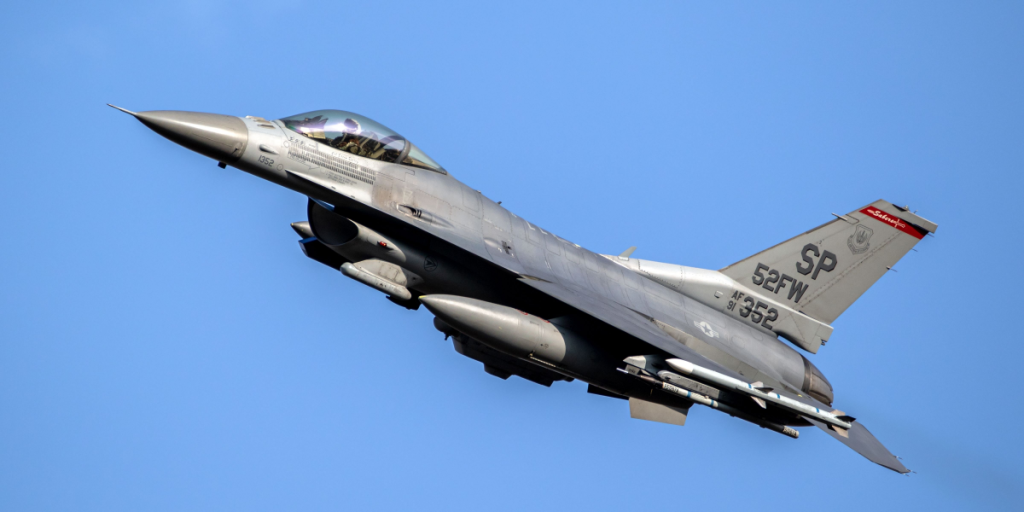The United States Air Force remains the most powerful in the world, but its dominance is beginning to falter.
Others are reading now
Aircraft are aging, retirements far exceed new deliveries, and readiness levels have reached historic lows.
Experts warn the decline could reshape global military balance within a decade.
Shrinking fleet
According to data cited by Wirtualna Polska, the Pentagon plans to retire 250 aircraft in fiscal year 2025 and another 340 in 2026, while adding only 91 and 76 new aircraft respectively.
In just two years, the net loss of 423 airframes would be equivalent to erasing the entire fleet of a medium military power such as France.
Douglas Birky of the Mitchell Institute for Aerospace Research called September 23, 2025, a symbolic turning point after the 104th Fighter Squadron, operating A-10 aircraft, was disbanded due to a lack of planes.
Also read
For the first time since 1921, the Maryland National Guard was left without combat aircraft.
Global presence reduced
The United States has also scaled back its permanent deployments abroad.
In 2025, 48 F-15C/D fighters were withdrawn from Kadena Air Base in Okinawa, Japan, ending a decades-long continuous presence.
The gap was filled by temporary rotations of F-22s and F-35As from Alaska and Europe.
Although future plans include stationing 36 F-15EX fighters in Okinawa, members of Congress have voiced concerns that relying on rotational deployments weakens regional deterrence.
Also read
The Pentagon maintains that the newer aircraft provide greater efficiency and capability despite reduced numbers.
Numbers in decline
USAF data show a steady reduction in combat aircraft: 1,418 in 2023, 1,351 in 2024, and an estimated 1,295 in 2025.
While the Navy and Marine Corps add to America’s total of nearly 2,000 combat aircraft, the trend remains negative.
Even more troubling is operational readiness. In 2024, only 62 percent of aircraft were mission-capable, the lowest level in nearly eight decades.
That means roughly four out of ten US aircraft could not fly missions when needed.
Aging machines
Also read
The average age of an Air Force aircraft has climbed to between 26 and 29 years, with some estimates placing it above 30.
The fleet includes platforms such as the 71-year-old B-52 Stratofortress, which remains indispensable but symbolizes the limits of modernization.
Older aircraft demand greater maintenance and are more prone to failures, reducing the overall number of operational planes available at any time.
Training and personnel crisis
Equipment problems are compounded by a severe pilot shortage. The Air Force is short nearly 2,000 aviators.
To address this, height restrictions were eased in 2023, allowing more women and shorter candidates to qualify.
Also read
Yet former Air Force Chief of Staff General Merrill McPeak has warned that simulator-based instruction cannot replace real flight experience.
“I worry about today’s Air Force,” McPeak said. “We don’t fly enough. Perhaps today’s fighter pilots are better than my generation, but I don’t think single-digit flight hours a month is the right solution.”
The Navy’s 2025 requirements for its next training jet even dropped the need for carrier landing capability, reflecting shrinking priorities and budget constraints.
Losing the advantage
While the United States still holds air superiority, analysts say its margin is narrowing as rivals modernize. China, in particular, is rapidly expanding its air capabilities.
If the current trajectory continues, the US could face the erosion not only of its numerical edge but also of the technological dominance that has defined American air power for decades.
Also read
Sources: Wirtualna Polska, Statista, Mitchell Institute for Aerospace Research
This article is made and published by Kathrine Frich, who may have used AI in the preparation


